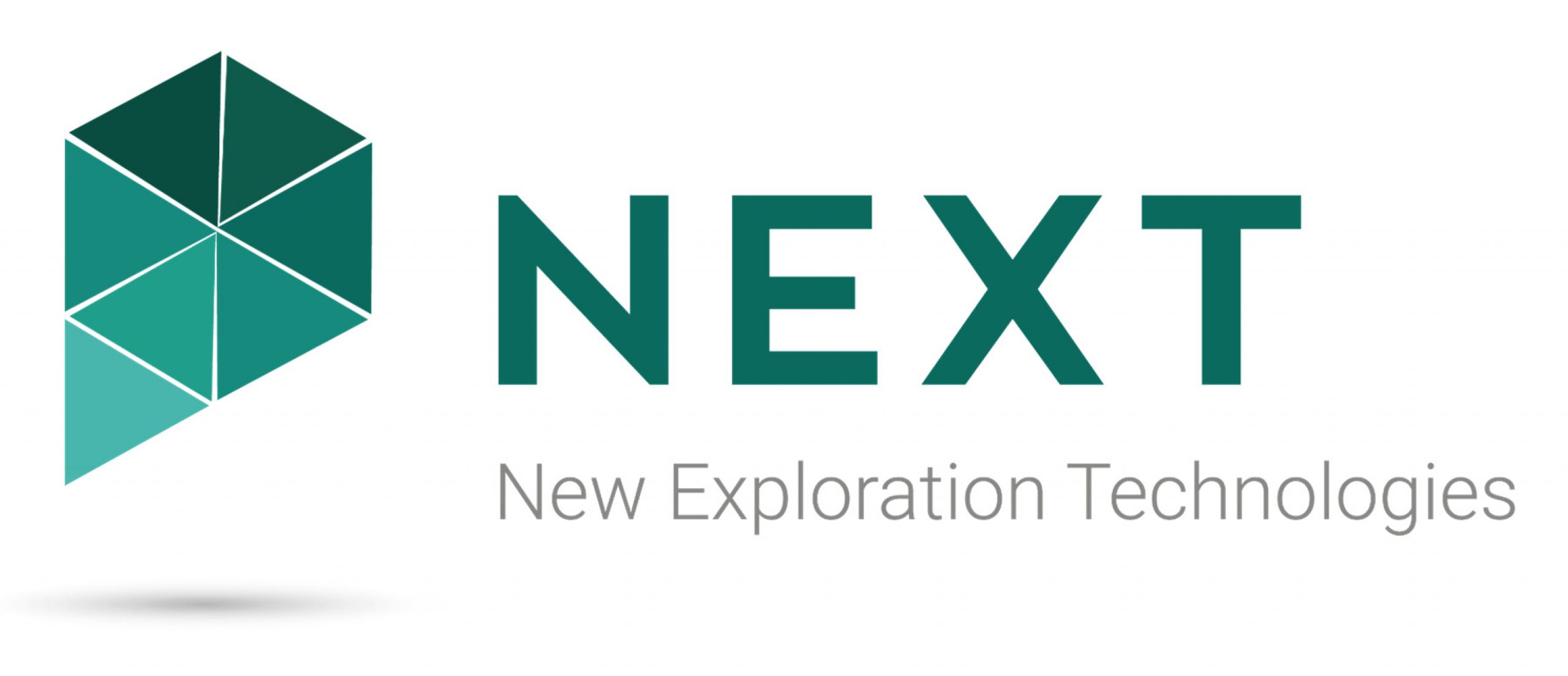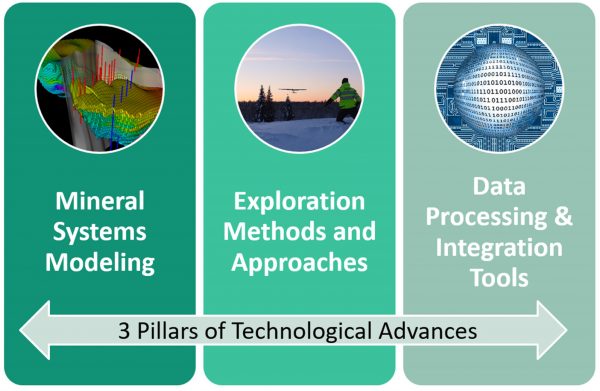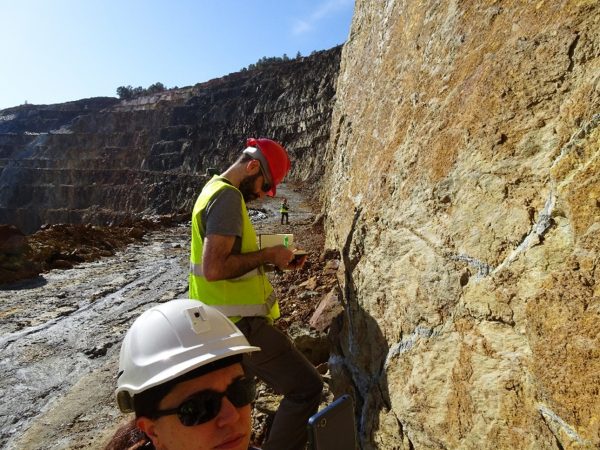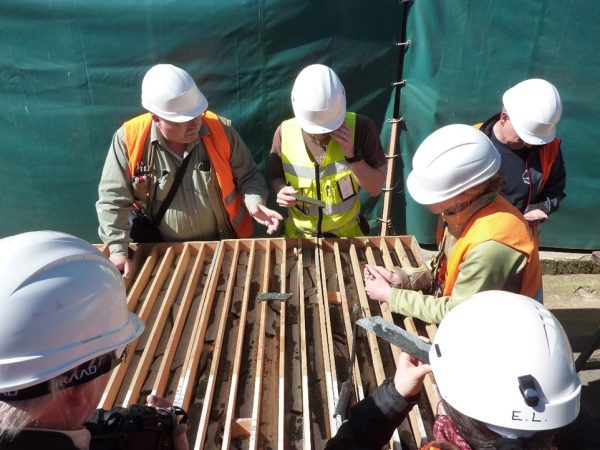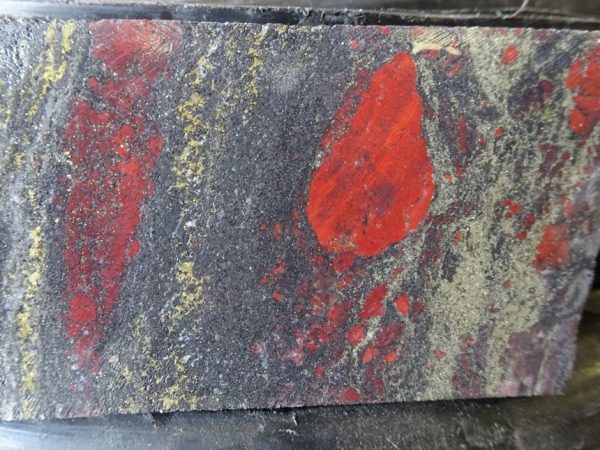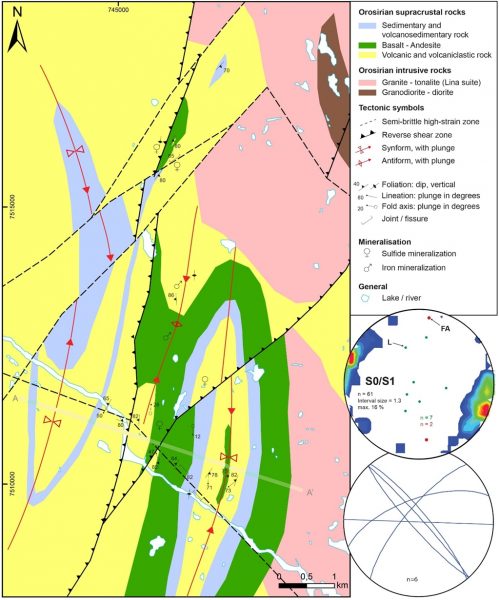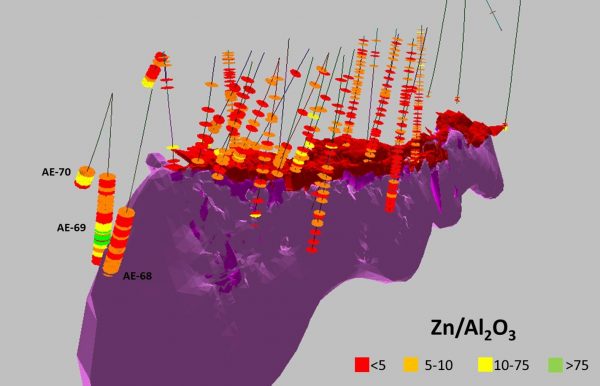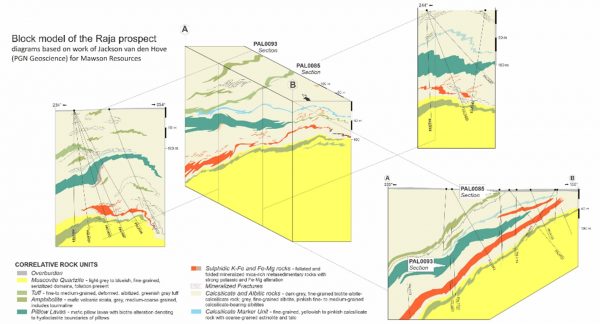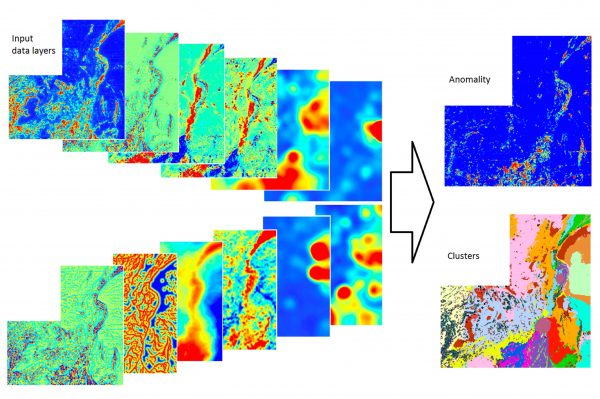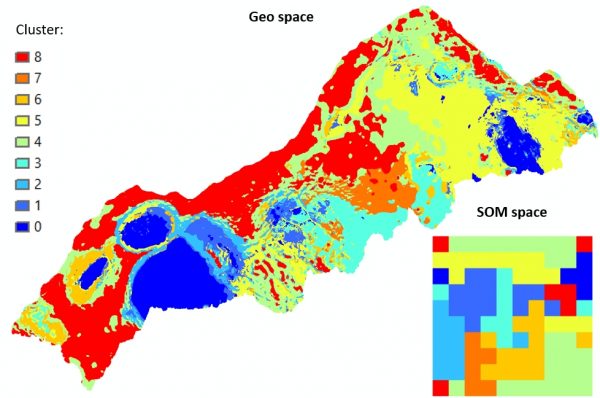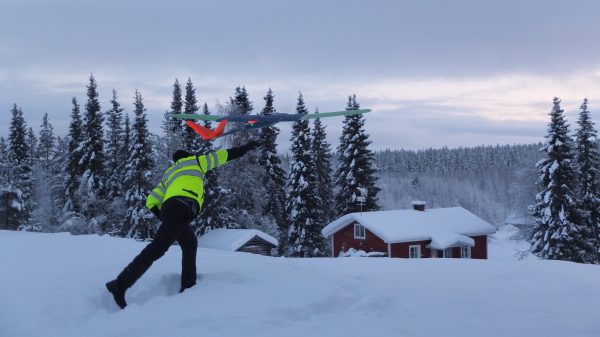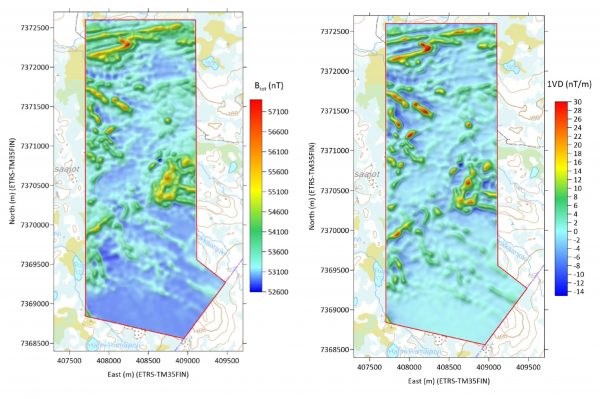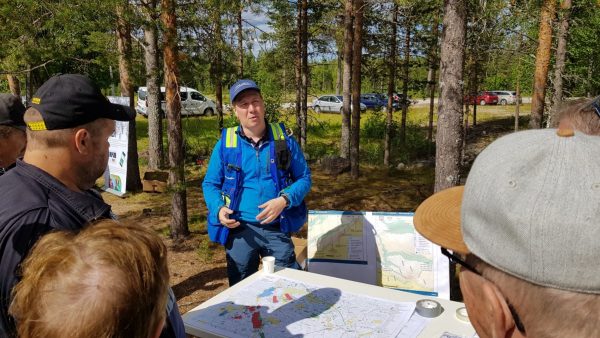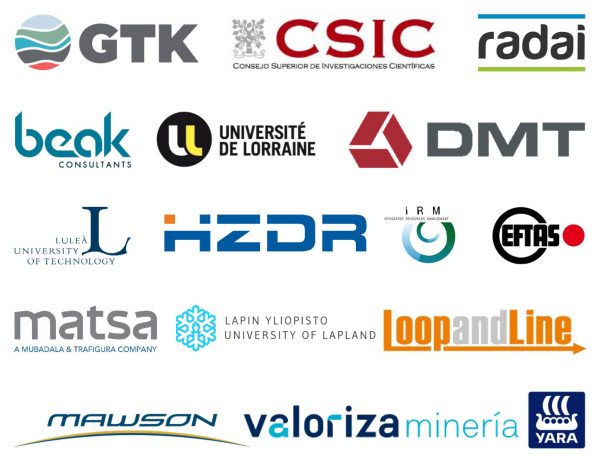| What is NEXT |
ABOUT THE PROJECT
The project NEXT (New Exploration Technologies) will highlight the possibilities of exploring for raw materials in Europe in the most sustainable and socially acceptable way leading to an extension of the knowledge of existing deposits in Europe.
NEXT will enhance our understanding of the mineral systems and develop new more sensitive exploration techniques. By integrating industry, academia and research institutes with expertise and excellence in exploration and 3D modelling, it is our ambition in NEXT to develop new cost‐efficient tools that are specifically aimed at increasing the competitiveness of the European exploration industry.
NEXT will create a totally new concept of unmanned aerial vehicles (UAV) technology for geophysical surveying combined with the well‐established but constantly emerging portable geochemical exploration tools (XRF, LIBS, Raman) and remote sensing technologies.
